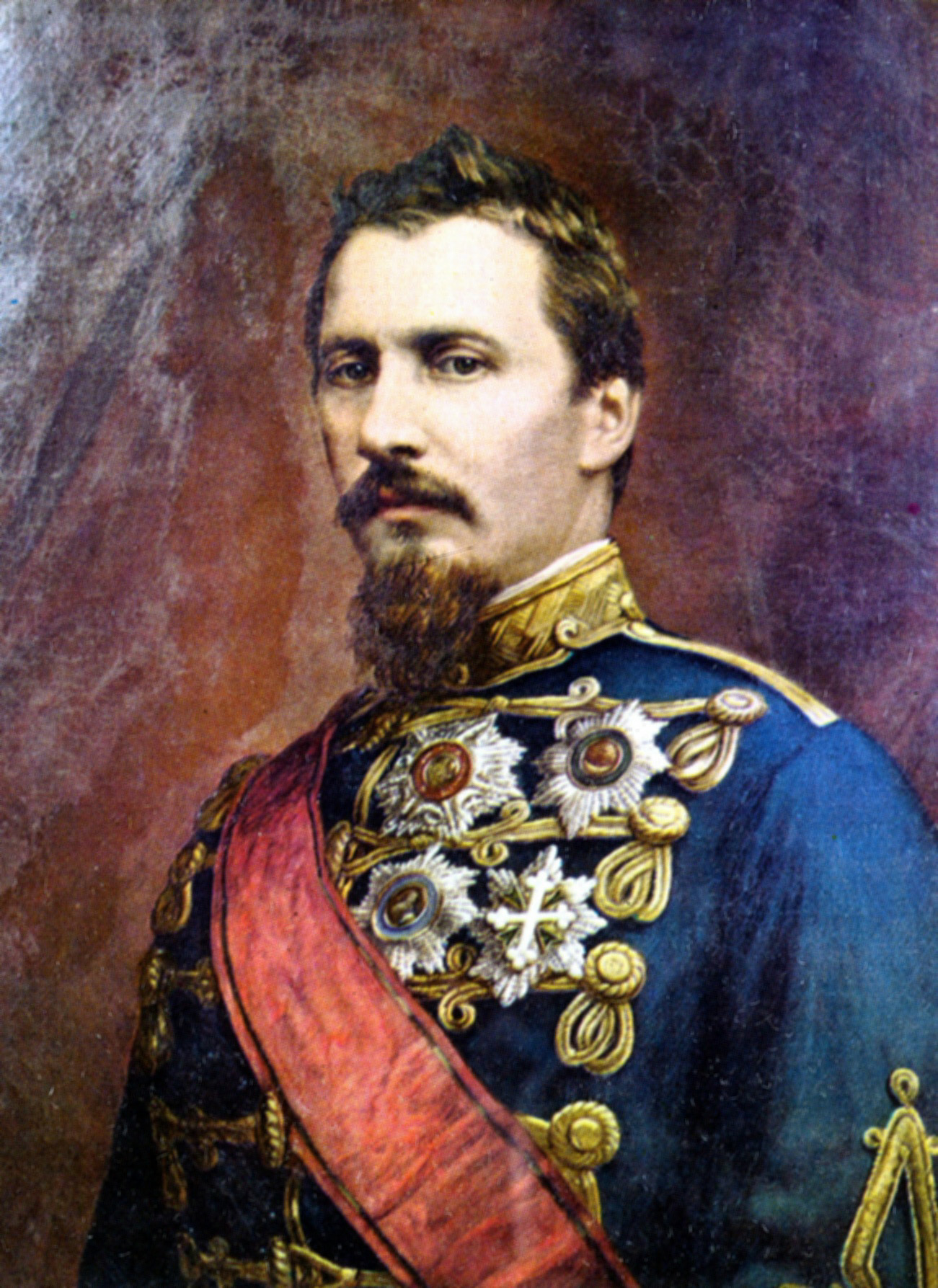Romania
 Romania ; }} is a country located at the crossroads of Central, Eastern and Southeast Europe. It borders Ukraine to the north and east, Hungary to the west, Serbia to the southwest, Bulgaria to the south, Moldova to the east, and the Black Sea to the southeast. It has a mainly continental climate, and an area of with a population of 19 million people. Romania is the twelfth-largest country in Europe and the sixth-most populous member state of the European Union. Europe's second-longest river, the Danube, empties into the Danube Delta in the southeast of the country. The Carpathian Mountains cross Romania from the north to the southwest and include Moldoveanu Peak, at an altitude of . Bucharest is the country's largest urban area and financial centre. Other major urban areas include Cluj-Napoca, Timișoara, Iași, Constanța and Brașov.
Romania ; }} is a country located at the crossroads of Central, Eastern and Southeast Europe. It borders Ukraine to the north and east, Hungary to the west, Serbia to the southwest, Bulgaria to the south, Moldova to the east, and the Black Sea to the southeast. It has a mainly continental climate, and an area of with a population of 19 million people. Romania is the twelfth-largest country in Europe and the sixth-most populous member state of the European Union. Europe's second-longest river, the Danube, empties into the Danube Delta in the southeast of the country. The Carpathian Mountains cross Romania from the north to the southwest and include Moldoveanu Peak, at an altitude of . Bucharest is the country's largest urban area and financial centre. Other major urban areas include Cluj-Napoca, Timișoara, Iași, Constanța and Brașov.Settlement in the territory of modern Romania began in the Lower Paleolithic, later becoming the Dacian Kingdom before Roman conquest and Romanisation. The modern Romanian state formed in 1859 with the unification of Moldavia and Wallachia under Alexandru Ioan Cuza, becoming Kingdom of Romania in 1881 under Carol I. Romania gained independence from the Ottoman Empire in 1877, formalised by the Treaty of Berlin. After World War I, Transylvania, Banat, Bukovina, and Bessarabia joined the Old Kingdom, forming Greater Romania, which reached its largest territorial extent. In 1940, under Axis pressure, Romania lost territories to Hungary, Bulgaria, and the Soviet Union. Following the 1944 Romanian coup d'état, Romania switched sides to join the Allies. After World War II, it regained Northern Transylvania through the Paris Peace Treaties. Under Soviet occupation, King Michael I was forced to abdicate, and Romania became a socialist republic and Warsaw Pact member. After the uniquely violent Romanian revolution in December 1989, Romania began a transition to liberal democracy and a market economy.
Romania is a developing country with a high-income economy. It is a unitary republic with a multi-party system and a semi-presidential representative democracy. It is home to 11 UNESCO World Heritage Sites. Romania is a net exporter of automotive and vehicle parts worldwide and has established a growing reputation as a technology centre, with some of the fastest internet speeds globally. Romania is a member of several international organisations, including the European Union, NATO, and the BSEC. Provided by Wikipedia
